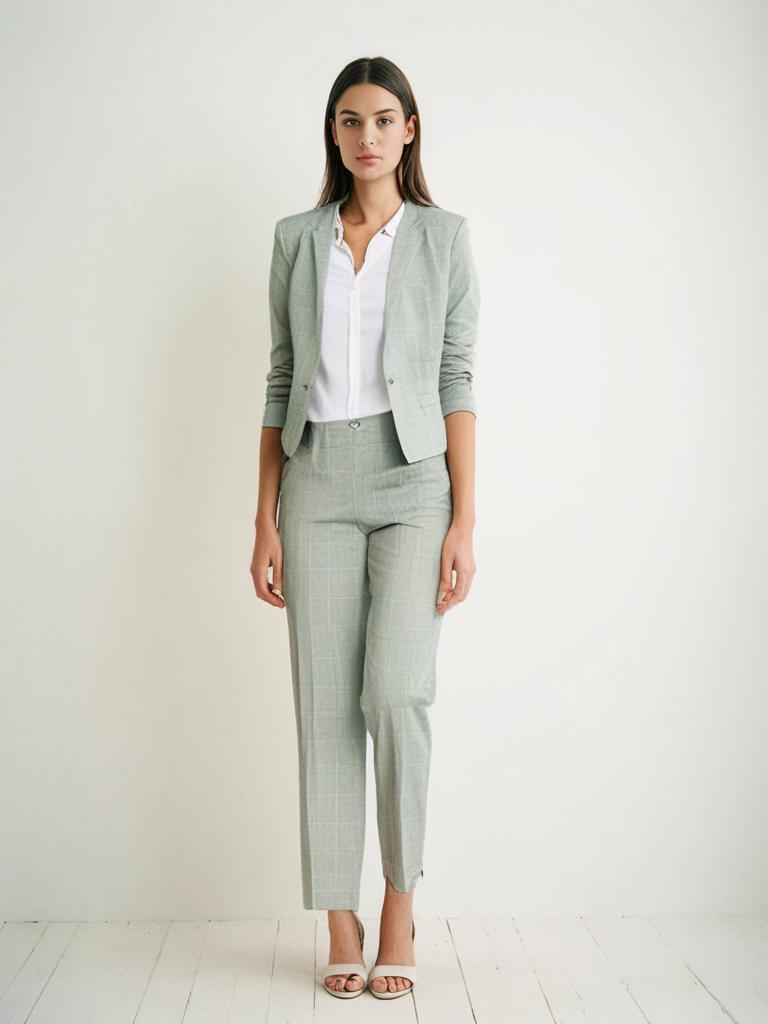API
If you're looking for an API, you can choose from your desired programming language.
1
2
3
4
5
6
7
8
9
10
11
12
13
14
15
16
17
18
19
20
21
22
23
24
25
26
27
28
29
30
31
32
33
34
35
36
37
38
39
40
41
import requests
import base64
# Use this function to convert an image file from the filesystem to base64
def image_file_to_base64(image_path):
with open(image_path, 'rb') as f:
image_data = f.read()
return base64.b64encode(image_data).decode('utf-8')
# Use this function to fetch an image from a URL and convert it to base64
def image_url_to_base64(image_url):
response = requests.get(image_url)
image_data = response.content
return base64.b64encode(image_data).decode('utf-8')
# Use this function to convert a list of image URLs to base64
def image_urls_to_base64(image_urls):
return [image_url_to_base64(url) for url in image_urls]
api_key = "YOUR_API_KEY"
url = "https://api.segmind.com/v1/ra100-sdxl-lora-lower-decks-aesthetic"
# Request payload
data = {
"prompt": "Peter Griffin in a spaceship",
"negative_prompt": "boring, poorly drawn, bad artist, (worst quality:1.4), simple background, uninspired, (bad quality:1.4), monochrome, low background contrast, background noise, duplicate, crowded, (nipples:1.2), big breasts",
"scheduler": "UniPC",
"num_inference_steps": 25,
"guidance_scale": 8,
"samples": 1,
"seed": 3426017487,
"img_width": 1024,
"img_height": 1024,
"base64": False,
"lora_scale": 1
}
headers = {'x-api-key': api_key}
response = requests.post(url, json=data, headers=headers)
print(response.content) # The response is the generated imageAttributes
Prompt to render
Prompts to exclude, eg. 'bad anatomy, bad hands, missing fingers'
Type of scheduler.
Allowed values:
Number of denoising steps.
min : 20,
max : 100
Scale for classifier-free guidance
min : 0.1,
max : 25
Number of samples to generate.
min : 1,
max : 4
Seed for image generation.
Width of the image.
Allowed values:
Height of the Image
Allowed values:
Base64 encoding of the output image.
Scale of the lora
To keep track of your credit usage, you can inspect the response headers of each API call. The x-remaining-credits property will indicate the number of remaining credits in your account. Ensure you monitor this value to avoid any disruptions in your API usage.
SDXL LoRA Lower Decks Aesthetic
SDXL LoRA Lower Decks Aesthetic model, inspired by the unique style of "Star Trek: Lower Decks." is a treasure trove for Star Trek fans, illustrators, and animators, offering a specialized tool to generate artwork in the distinctive animation style of the beloved series. This model is finely tuned to replicate the animation style of "Star Trek: Lower Decks." It has been trained on a curated dataset of images and styles from the series, ensuring that each generated piece resonates with the show's unique aesthetic.
Advantages
-
Star Trek-Themed Art Generation: Expertly creates images in the style of Star Trek.
-
High Fidelity to Series Aesthetic: Faithfully captures the animation style and color palette of the series.
Use Cases
-
Fan Art Creation:Perfect for Star Trek fans to create their own Lower Decks-inspired artwork.
-
Marketing and Advertising: Creates unique visuals for products or events related to "Star Trek: Lower Decks.
-
Animation and Concept Art: Useful for animators and concept artists working on projects with a similar style.
-
Personal Projects: Ideal for personal art projects, especially for those passionate about the Star Trek universe.
Other Popular Models
sadtalker
Audio-based Lip Synchronization for Talking Head Video

idm-vton
Best-in-class clothing virtual try on in the wild

faceswap-v2
Take a picture/gif and replace the face in it with a face of your choice. You only need one image of the desired face. No dataset, no training

sd2.1-faceswapper
Take a picture/gif and replace the face in it with a face of your choice. You only need one image of the desired face. No dataset, no training
